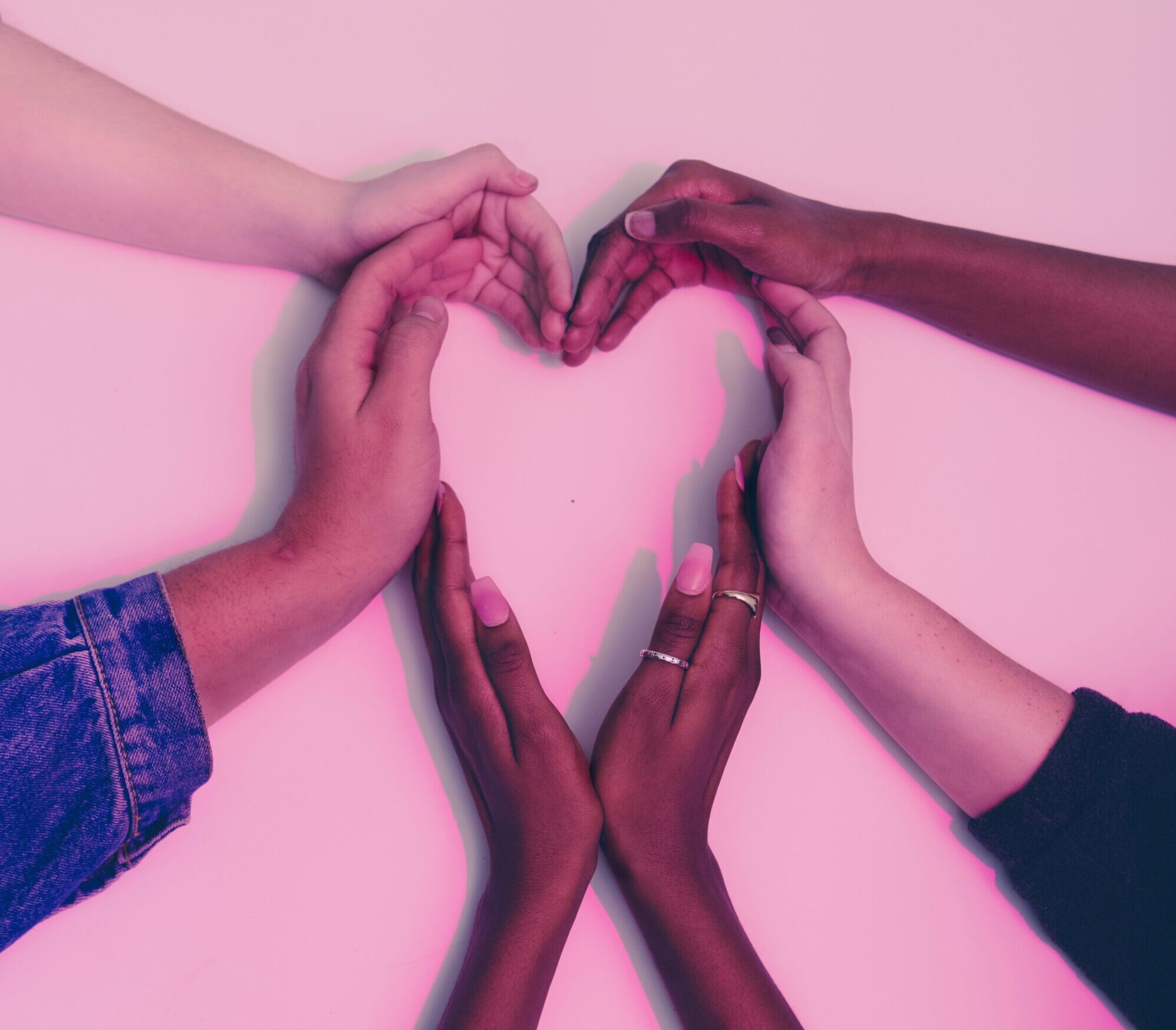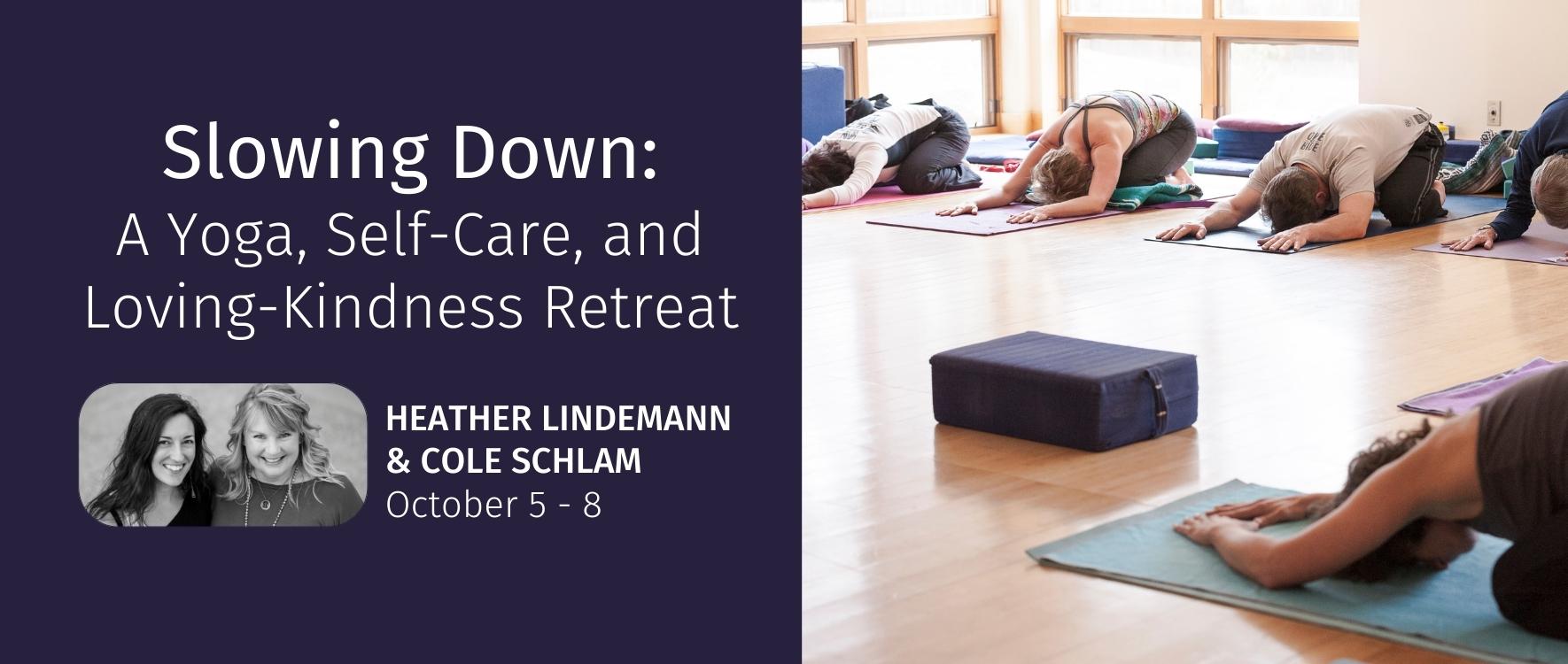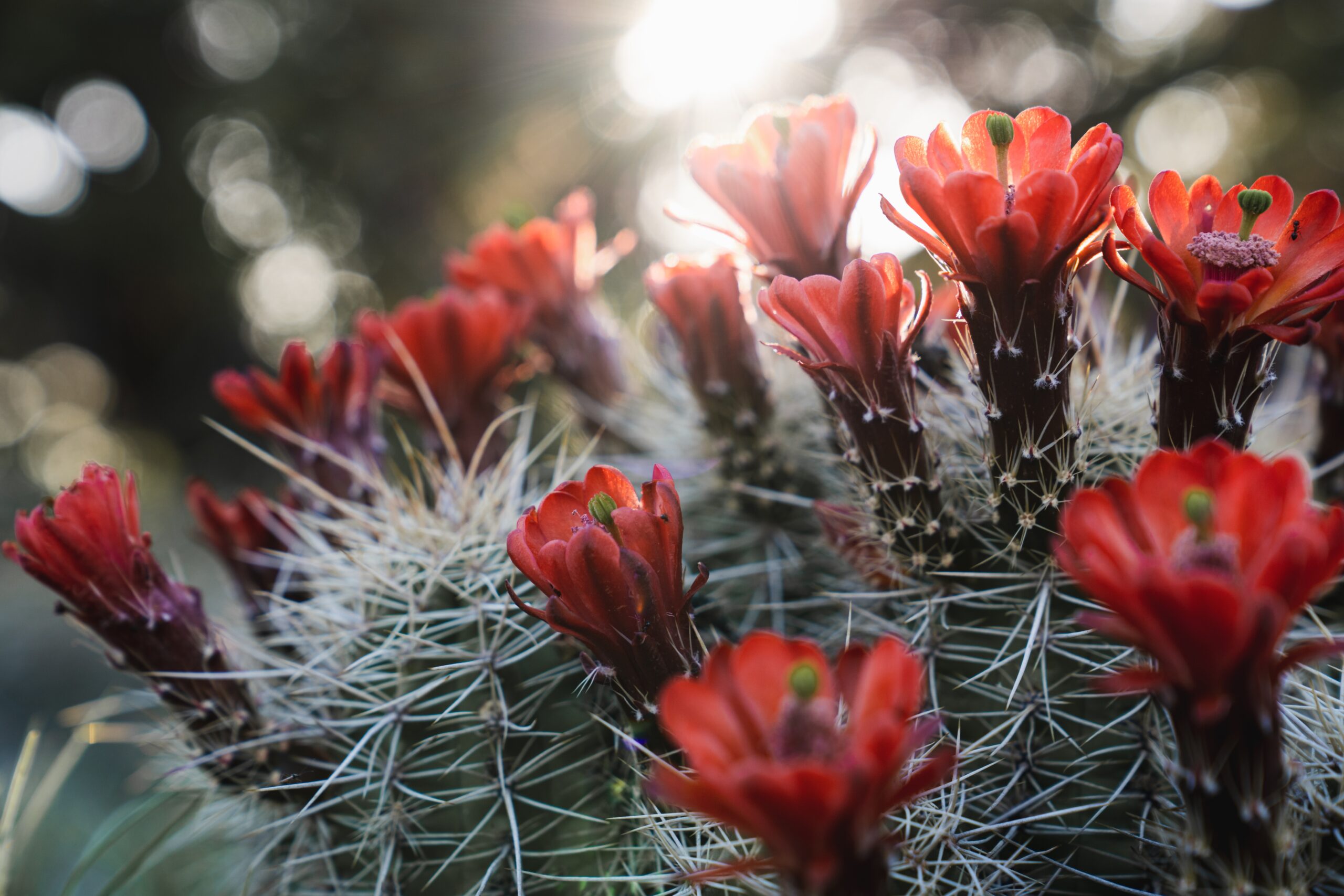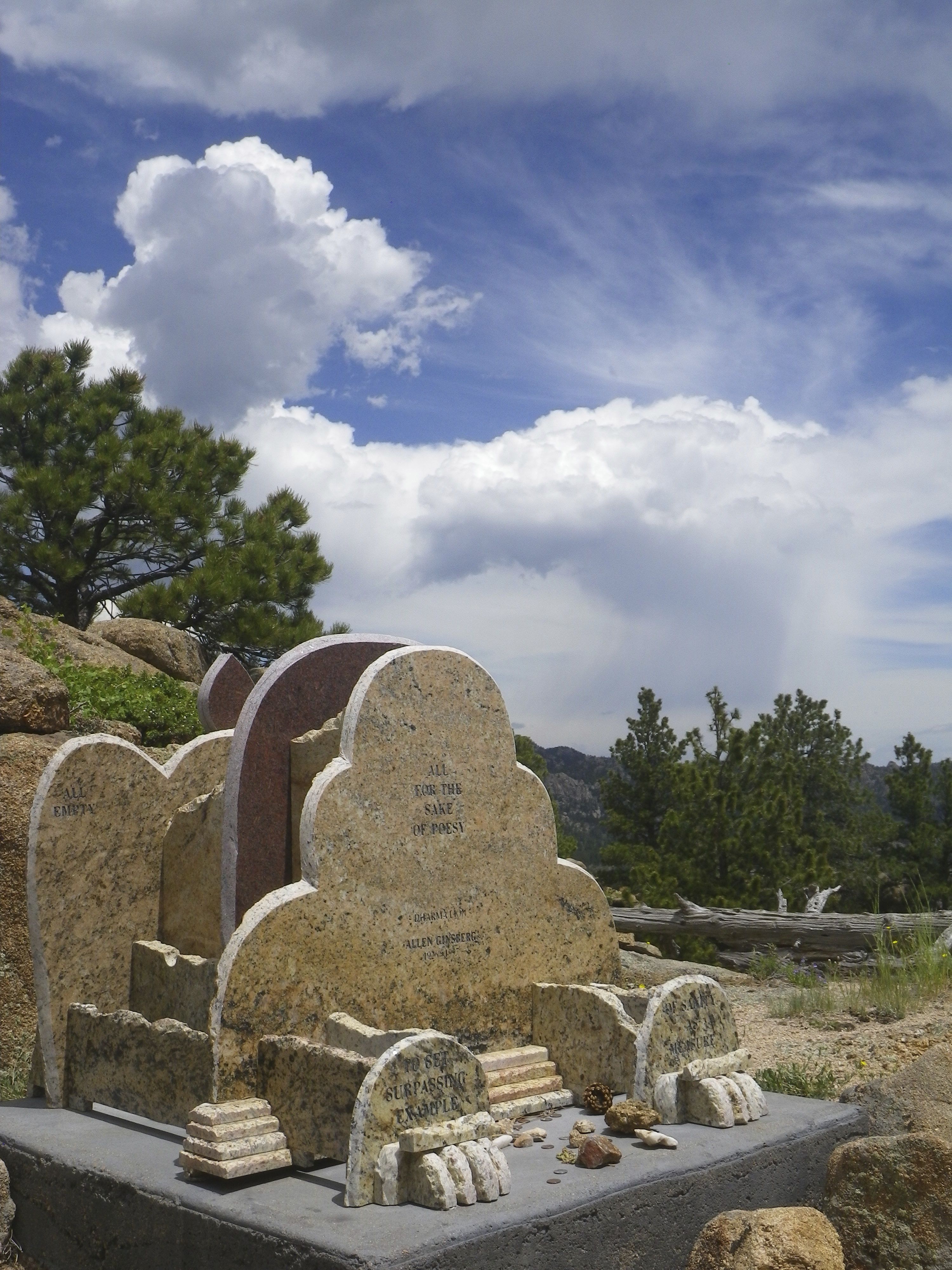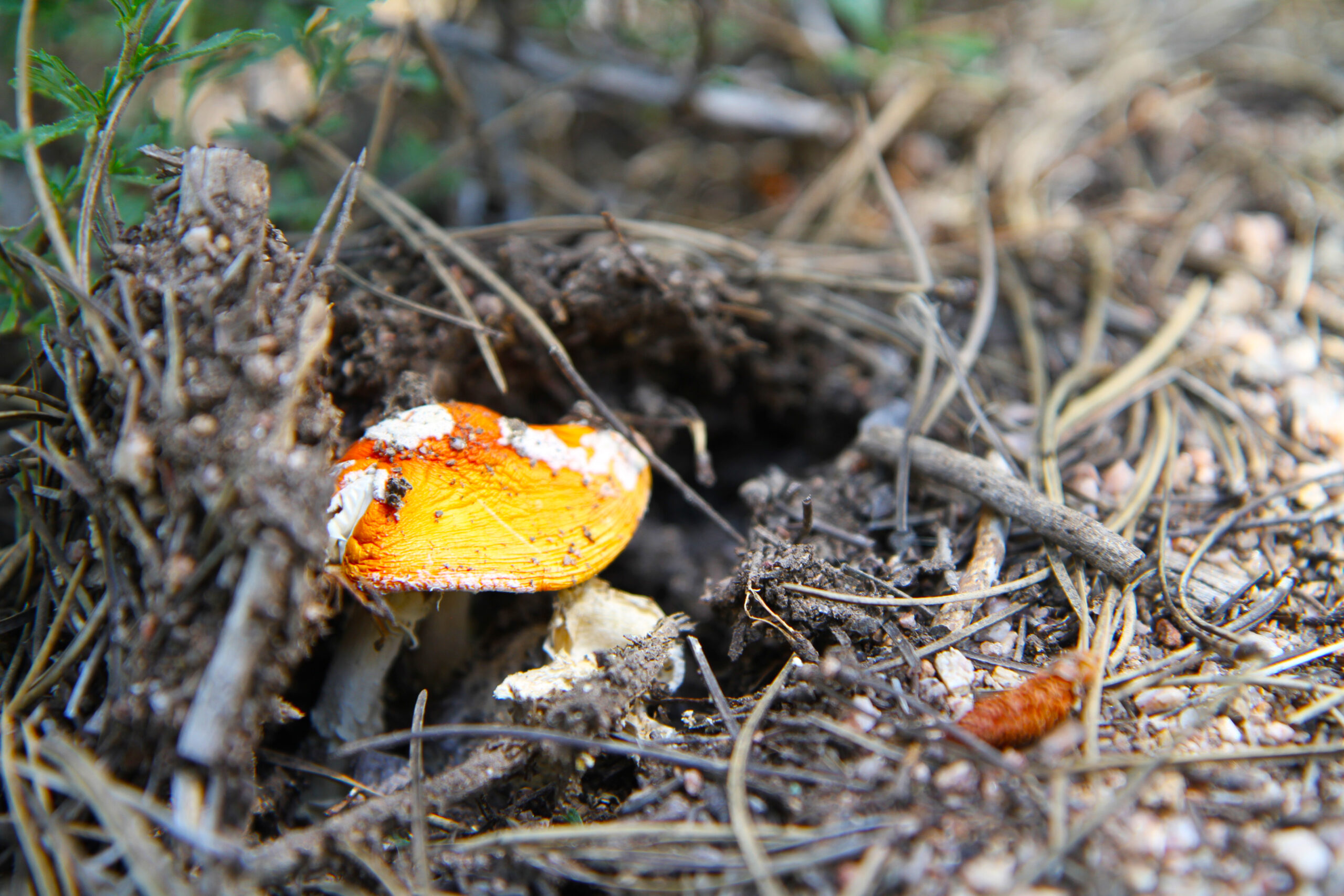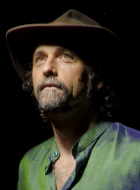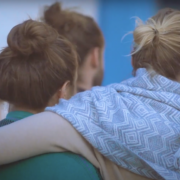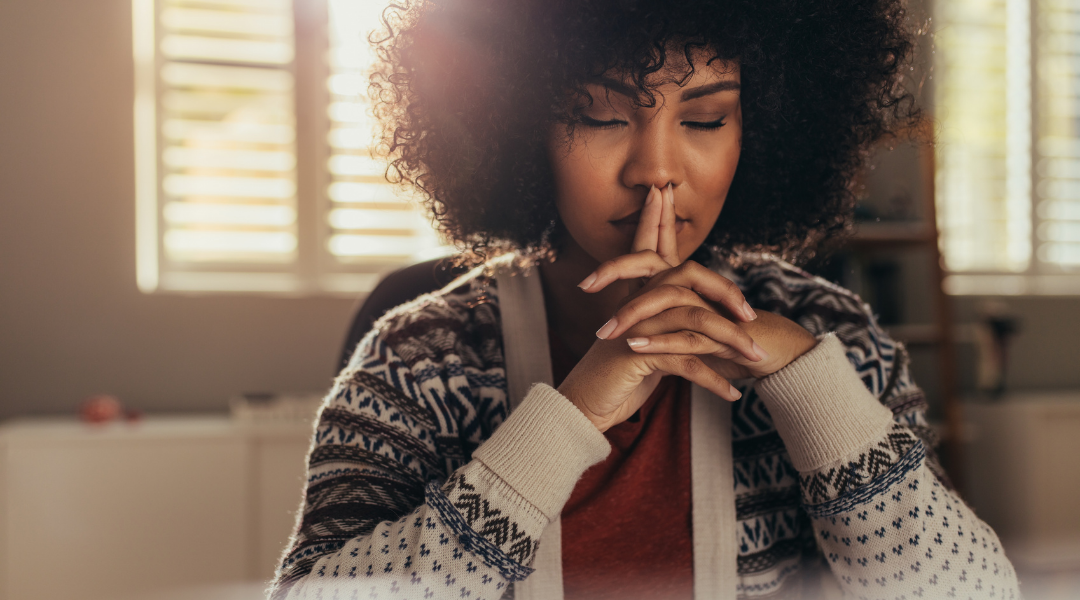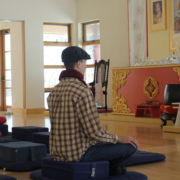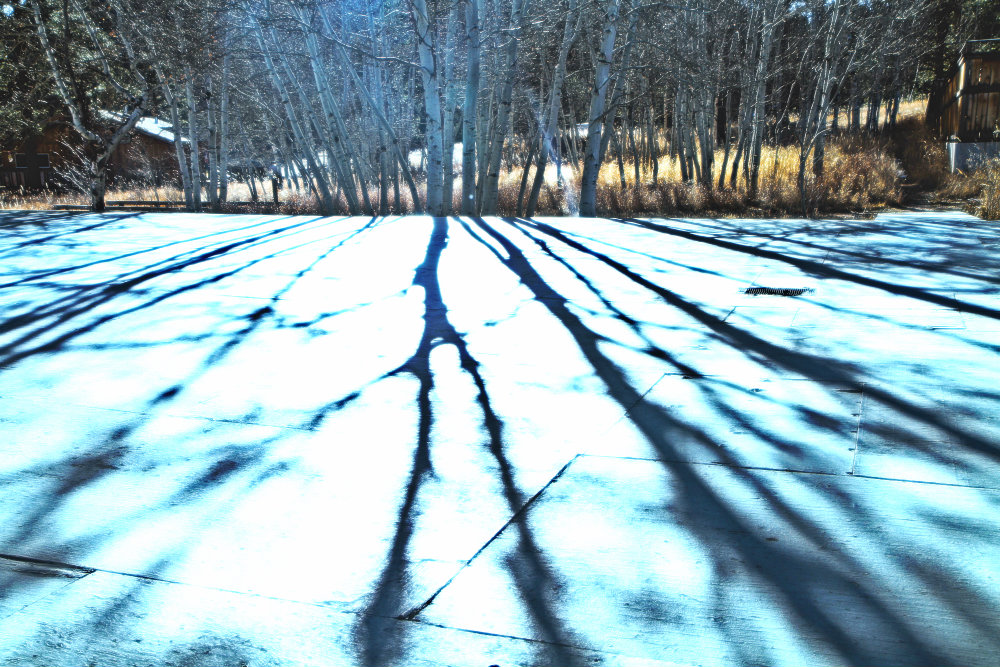Cultivating An Open Heart
By Cole Schlam
As was true for so many of us, in the last few years I experienced some of the most profoundly transformational times in my life – both joyous and also full of deep sorrow. I felt overwhelmed not just for myself, but also for the grief and fear that swept across the world. There were times in which I wanted to put up walls around myself to protect myself. I found myself calling upon the reserves of compassion and strength within myself to remain open. When I didn’t know if I had more, I somehow found a deeper wellspring.
What is Living with an Open Heart?
This wellspring, this source, was different; it was more raw and more vulnerable. My awareness of it often came in the quiet moments after flowing tears or in the deep breaths following spontaneous laughter. As I learned to trust these moments, instead of recoiling from the unfamiliarity of it, I softened my grip, and I could witness my reservoirs of strength and compassion refilling. Looking back, I can see that my own rigidity was holding me back from living from this place of openness. I had to be willing to give up what I knew to be able to feel the beauty of what is called bodhicitta.
The Buddhist idea and practice of bodhicitta (often called the Awakened Heart), invites us to awaken to our limitless capacity of compassion, and in doing so, to walk on a path that frees us from our own unconscious habits, fear and suffering. This isn’t to say that we won’t experience sadness or hard moments if we practice bodhicitta. In fact, pinnacle to the practice of bodhicitta, is to stay present with the pain that is there. In her work, When Things Fall Apart, Pema Chödrön quotes the sixteenth Gyalwa Karmapa, “You take it all in. You let the pain of the world touch your heart and you turn it into compassion.” This wisdom reminds me that instead of barricading, I can take a deep breath in and observe what is happening within and around me, while inviting compassion more deeply in, for myself and the world. It is a courageous choice to remain open.
Growing up in my house, each family member knew the poem, “The Road Not Taken” by Robert Frost. This poem was the final sign my mom needed to choose where she went to college – she chose the school that for her was the more daring option. This choice changed her fate. It was at this school where she met my father, and as with all great love stories, the rest is history. Each of us have defining moments such as this all throughout our lives, where we find ourselves at a crossroads. Some of them are as memorable as the instance my mom read that poem and bravely remained open to what life had to offer. Other moments are quieter and, to the untrained mind, go unnoticed. Yet, even though these moments are brief and unnoticed, they impact our lives and the lives around us.
Tuning Our Attention Inwards
Our bodies and brains are wired to keep us safe. How great is that?! We have this system to support us in staying alive. So much so that our bodies and brains communicate and make choices for us sometimes without our full awareness. This is great news for me, because I am not interested in cognitively making all of the small decisions this body/brain connection makes on a moment-to-moment basis. However, our fear-based reaction patterns are entangled in that unconscious decision making. Like so many other decisions, this often happens without our awareness.
Since so many of our decisions happen automatically, it can be difficult to discern which ones truly happen without the need for choice and which ones could involve choice and change our way of interacting with the world. Mindfulness practices like meditation and yoga give us the opportunity to tease the two apart. When we tune in and cultivate a more subtle awareness of our experience of being alive, we might see that the more familiar path (where we choose old habits rooted in fear) is not our only option. Specifically, shedding light on when the fear is a reaction versus a form of protection to legitimate danger. We may see that there are other ways of moving through an experience. Ones rooted in love, empathy and connection.
A Call for Connection
Let’s go back to this brain/body communication system that is wired to keep us safe. It’s also wired for us to connect! When we have real trusting and loving connections to friends, family, fur babies and so on, our whole being remains calmer and more regulated. Learning to move through this life from the foundation of our interconnection (choosing to practice open-hearted living) can literally have an effect on our health and wellbeing. In turn, it might even create fruitful soil to move through this world where our actions are aligned with care for all those around us, including ourselves.
Illuminating the way we move through this world for ourselves is a practice. When we return to our old yet familiar patterns, it may take some discipline to notice and come back to a more open-hearted way of living. It will certainly call for some grace and patience as well. Once we find the place where we have choice, remaining open can feel like the road less traveled; the option that feels unsteady and scary. As we return to this space with more frequency, the path will begin to be more defined, and we will start to remember the sweetness of choosing our new way of intentionally moving through the world.
Where do I Begin?
In my own practice of open-hearted living, I have found the value in starting small. Instead of shifting every aspect of my life all at once, I start where I am and make incremental changes. Where might you make a small adjustment in your day-to-day life? Consider changing a pattern that has little consequence in order to build your sense of trust in moving from a place of awareness and compassion. As you try this out, may you offer yourself empathy for your way of moving through the world and for the moments where you close off.
Join Heather and Cole in 2023:
About the Author: Cole Schlam
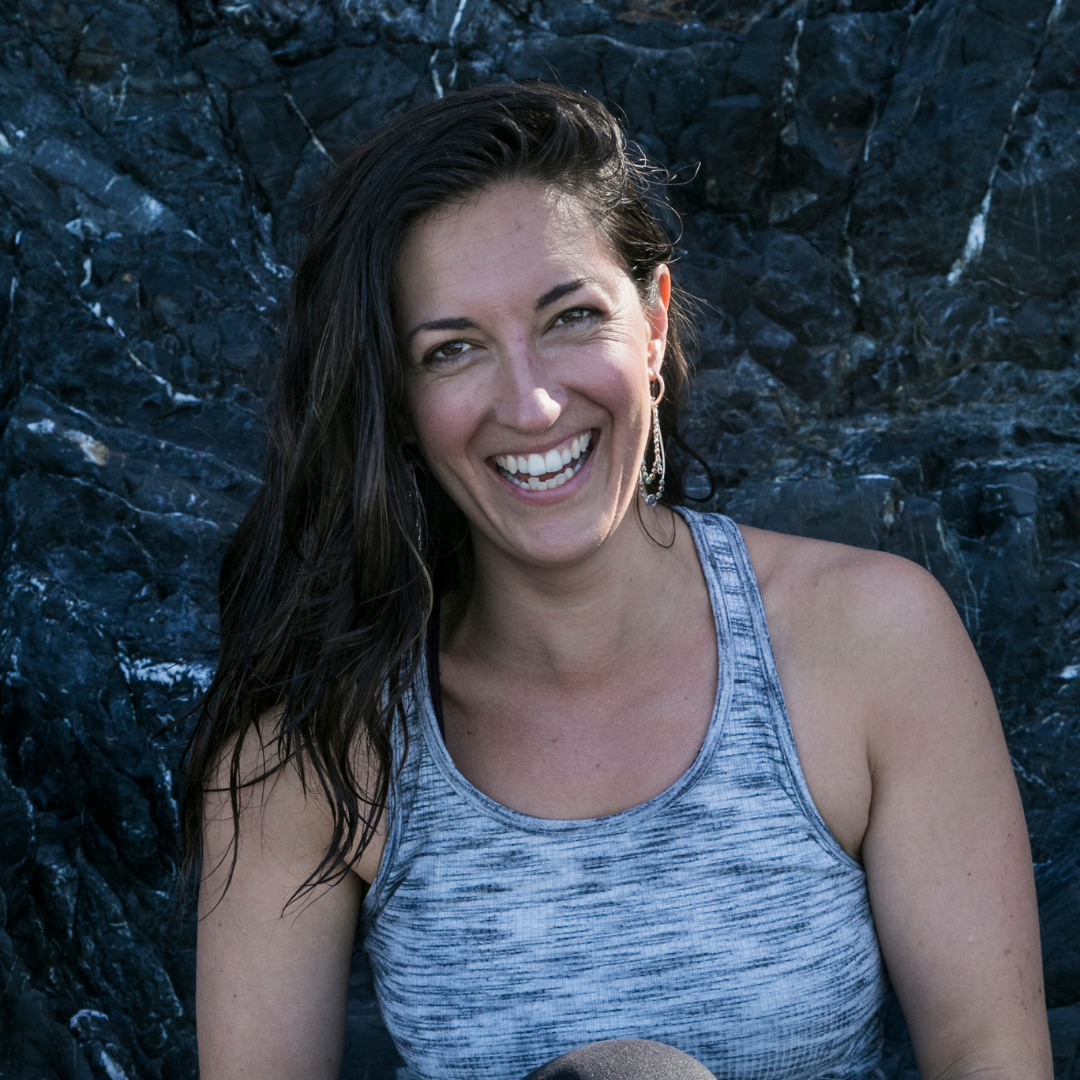
If you enjoyed Cole’s essay, we invite you to check out Heather Lindeman’s offering The Yoga of Slowing Down

